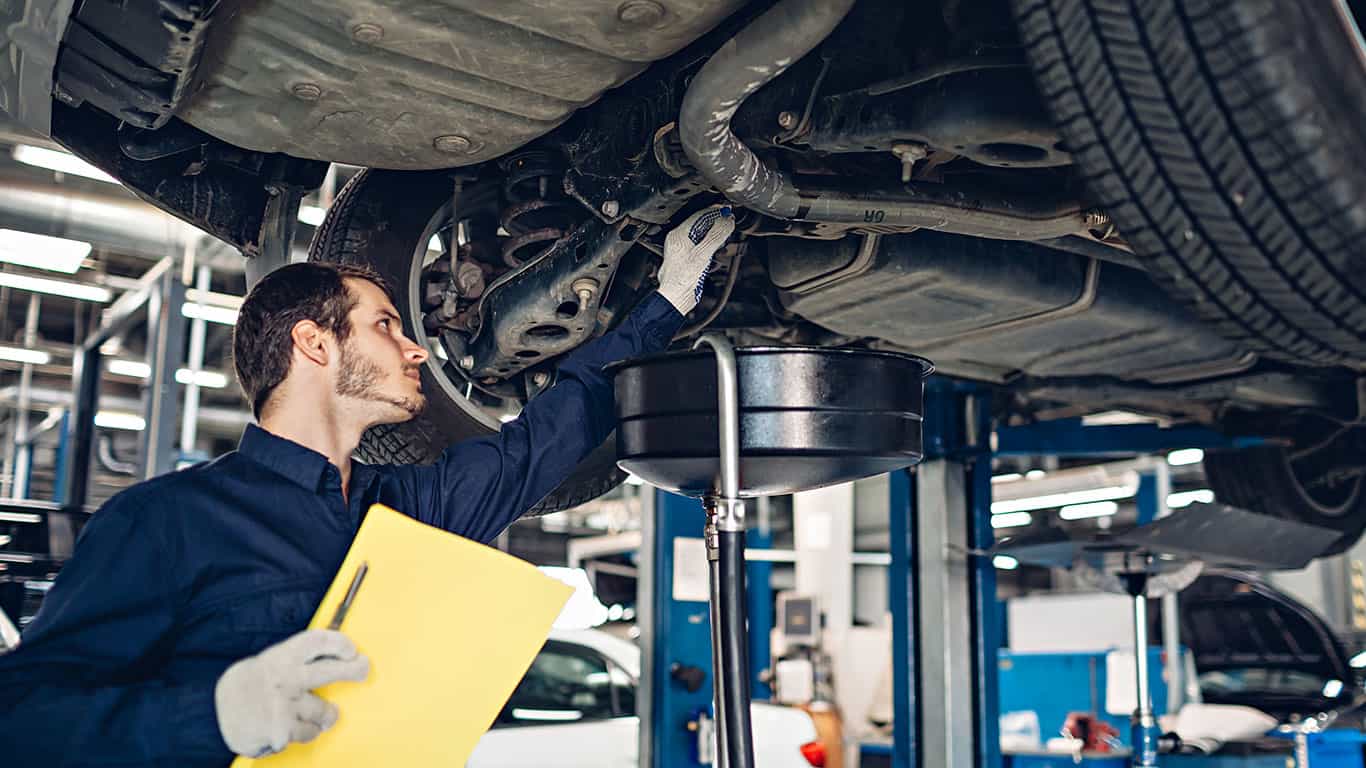As a car owner, you must understand that it is critical to understand the fundamentals of how your car works and how to maintain it properly. This includes comprehending the various components of your vehicle, such as the engine, transmission, brakes, and electrical system, and how they interact.
Below find some of the top ways to save you from car repairs:
Regular maintenance
Regular maintenance is done by D Wells Auto to keep your car in good condition and prevent costly repairs. Some examples of regular maintenance include:
- Oil changes: Regular changes are important for keeping your engine lubricated and running smoothly.
- Tire rotations: Rotating your tires every 6,000 to 8,000 miles can help to ensure even wear and extend the life of your tires.
- Brake inspections: Regularly inspecting your brakes can help to identify worn pads or other issues before they become a safety hazard.
- Battery maintenance: Checking the battery terminals, cleaning as needed, and keeping an eye on the water level will help to avoid unexpected failures.
- Fluid check and replacement: Fluids such as coolant, brake, power steering, transmission, and windshield washer fluid should be checked and replaced regularly to keep your car running smoothly.
Shop around
Shopping around for car repairs can help you save money. Here are some tips for finding affordable and reputable repair shops:
- Get referrals: Ask friends and family for recommendations for good repair shops in your area.
- Check online reviews: Look for reviews of repair shops on websites like Yelp, Google, and Angie’s List. These reviews can give you an idea of the quality of service and the prices you can expect.
- Compare prices: Call around different repair shops and compare prices for the repairs you need. Don’t just go with the first shop you find.
- Look for specials and discounts: Some repair shops may offer specials or discounts on certain services, so be sure to ask if any are available.
- Consider the type of repair: Be aware of the kind of repair you need; not all shops specialize in the same areas.
- Check certifications: Look for shops certified by the National Institute of Automotive Service Excellence (ASE) or other reputable organizations. This could imply that the technicians are highly skilled and up-to-date.
Use OEM parts
When you use Original Equipment Manufacturer (OEM) parts, you can be sure that you are getting parts made by the same company that made the parts for your car when it was built. The parts are designed to fit and function perfectly with your specific make and model of car, and they are often higher quality than aftermarket parts.
Some benefits of using OEM parts include the following:
- Perfect fit: They fit a specific make and model of car, ensuring that the repair is done the first time correctly.
- Higher quality: OEM parts are often of higher quality than aftermarket parts and are less likely to fail or cause other problems.
- Warranty: Many OEM parts include warranties, which can provide additional peace of mind and protection against future repairs.
Conclusion
Understanding these fundamentals can help you detect potential problems early and take action to avoid costly repairs. Furthermore, learning basic car maintenance tasks like checking fluid levels and changing air filters can save you money in the long run by preventing more serious problems from occurring.



